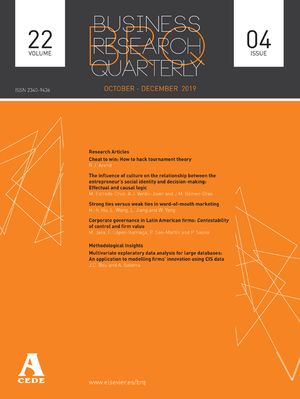Este trabajo examina los factores que condicionan la adopción del comercio electrónico, y llevan a los internautas a convertirse en compradores en la Red. En particular, tomando como referencia el Modelo de Aceptación de Tecnología, se estudia la influencia de la utilidad percibida por los consumidores en la decisión de compra virtual. Así mismo, se plantea un modelo de adopción del comercio electrónico que incorpora cinco fuentes de utilidad asociadas a Internet: la ventaja en precios, la variedad de surtido, el valor de los productos, la conveniencia y el acceso a la información. El modelo propuesto se contrasta sobre dos muestras de usuarios de Internet: una constituida por sujetos sin experiencia de compra online y otra por sujetos que ya han realizado transacciones virtuales previamente. Los resultados obtenidos ponen de manifiesto que la utilidad percibida es un determinante fundamental de la intención de compra virtual y de la actitud general hacia el sistema. Asimismo, se observa que la ventaja en precio, la conveniencia y el acceso a la información son los principales antecedentes comerciales de la utilidad percibida en el comercio electrónico.
This paper analyses the factors that affect the adoption of e-commerce and lead consumers to become online buyers. In particular, taking as a basis the Technology Acceptance Model, we study the influence of consumers’ perceived usefulness in the decision to buy in the Web. Moreover, we propose an e-commerce adoption model that includes five sources of usefulness associated to Internet: price advantage, variety of products assortment, product value, convenience and access to information. The theoretical model proposed is tested over two samples: one formed by Web users with no experience in virtual shopping and another formed by subjects who have already purchased in the Internet before. The results obtained show off that perceived usefulness is a main determinant of online buying intention and of general attitude toward the system. Moreover, price advantage, convenience and access to information are found to be the main commercial antecedents of the usefulness perceived by the consumers in e-commerce.




